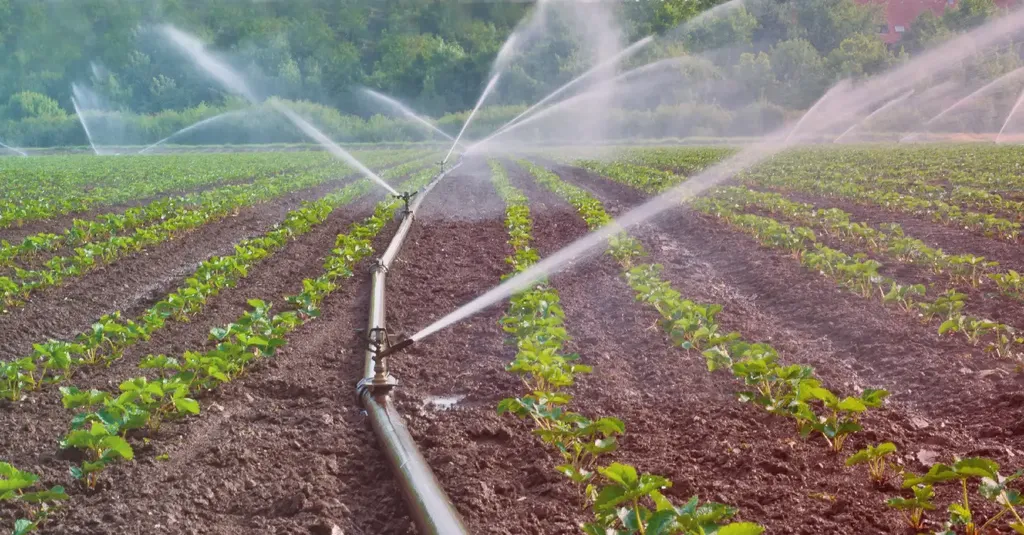In the vast landscape of agricultural technology, a silent revolution is taking place, one that could redefine how farmers and water managers approach one of the most critical aspects of crop growth: evapotranspiration (ET). ET, the process by which water is transferred from the land to the atmosphere by evaporation from the soil and other surfaces and by transpiration from plants, is a key factor in water resource management and agricultural planning. Accurately estimating ET across large areas has been a longstanding challenge, but a new review published in *Advances in Civil Engineering and Environmental Science* sheds light on promising advancements in remote sensing technology that could transform the field.
The study, led by Soror Esmaeili from the Department of Water Sciences and Engineering at Bu-Ali Sina University in Iran, provides a comprehensive review of temperature-based models used for estimating ET via remote sensing. These models leverage the energy balance at the Earth’s surface, offering a scalable and cost-effective approach to monitoring ET over vast regions. “Remote sensing has emerged as a game-changer in agricultural and environmental science,” Esmaeili explains. “It allows us to capture the spatial and temporal variability of ET, which is crucial for optimizing water use and improving crop yields.”
Traditional methods of measuring ET, such as direct and empirical approaches, are highly accurate but limited in their spatial coverage. They often require extensive ground-based measurements, which can be labor-intensive and costly. In contrast, remote sensing models can provide ET estimates over large areas, making them invaluable for regional water management and agricultural planning. The review highlights the advantages and limitations of various temperature-based models, offering insights into their performance under different environmental conditions.
One of the key findings of the study is the potential of recent advancements in satellite technology to enhance the accuracy of ET estimation. The Copernicus program and the new Landsat series, for instance, offer higher resolution and more frequent data collection, which can significantly improve the reliability of ET models. “The integration of advanced satellite data into our models can provide more precise and timely information, enabling farmers and water managers to make informed decisions,” Esmaeili notes.
The commercial implications of this research for the agriculture sector are substantial. Accurate ET estimation can lead to more efficient irrigation practices, reducing water waste and improving crop productivity. This is particularly important in regions facing water scarcity or drought conditions, where every drop of water counts. By leveraging remote sensing technology, farmers can optimize their water use, leading to higher yields and more sustainable agricultural practices.
The study also underscores the importance of selecting the right model for specific applications. Different temperature-based models may perform better under certain conditions, and the review provides a comparative analysis to guide researchers and practitioners in choosing the most suitable model for their needs. This tailored approach can enhance the effectiveness of ET estimation, ensuring that the models are applied in the most appropriate contexts.
As the agriculture sector continues to evolve, the integration of remote sensing technology into water management practices is likely to become increasingly important. The findings of this review not only highlight the current state of temperature-based ET models but also pave the way for future developments in the field. By harnessing the power of advanced satellite data and innovative modeling techniques, the agriculture sector can achieve greater efficiency and sustainability, ultimately benefiting both farmers and the environment.
In the words of Esmaeili, “This research is just the beginning. As technology continues to advance, we can expect even more sophisticated models and tools to emerge, further revolutionizing the way we manage water resources and support agricultural growth.” The future of agriculture is bright, and with the right tools and knowledge, we can ensure a more sustainable and productive future for all.

